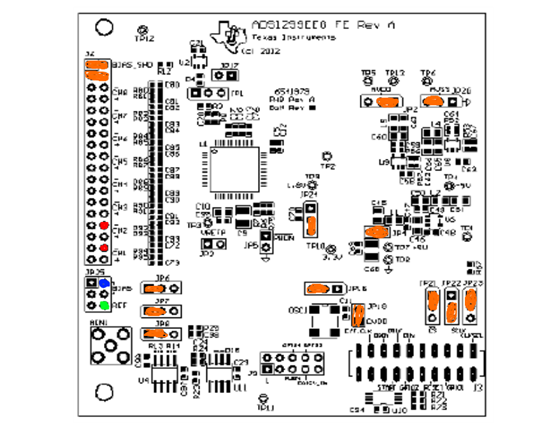Hi,
I am using the ADS1299 Evaluation Module, and am trying to figure out how to best set it up with an EEG cap for simple readings, blink test, etc.
I am trying to figure out the simplest way to get things up and running with an existing EEG cap, and to be honest am having trouble making complete sense of the manual. Can somebody suggest the quickest setup for pins to use, particularly for bias and reference, as well as the settings? I've been playing around with them with so far minimal success. I do have some experience with EEG data using NeuroScan hardware, etc.
Thanks.



